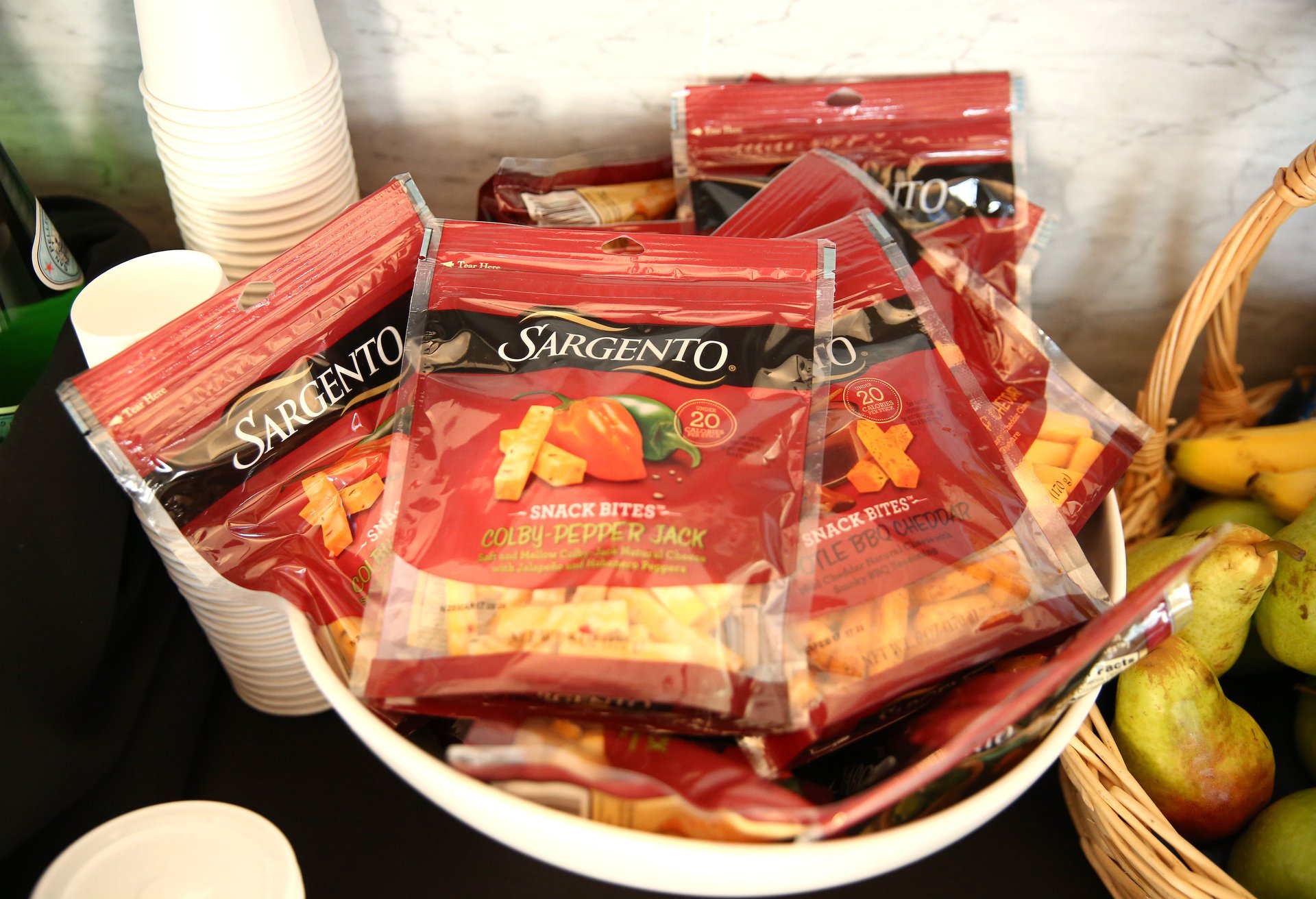The dairy industry is still a cash cow thanks to cheese
The global cheese snack market is projected to reach $75.1 billion this year

Consumers may be practicing healthier habits, like moving away from consuming animal-based products, but they still have a soft spot for dairy – and it’s boosting the sector by billions.
Suggested Reading
There’s one unit in particular that’s having a big effect on the diary industry: the cheese snack market. The cheese-snack business is projected to reach $75.1 billion in global sales this year, according to a new report from CoBank, a private firm that provides financial services to rural America, including agricultural businesses such as dairy farms.
Related Content
“Bottom line, consumers’ tastes and purchasing patterns continue to evolve,” the firm said in its report.
Cheese may be anchoring the sector, but the dairy aisle is also gaining massive traffic from other coveted items, including yogurt, cream cheese, cream, and creamers.
It turns out that consumers also prefer buying store-branded items rather than splashy name brands. Private labels for butter, cheese, and yogurt are outpacing brand names in 10 of the 15 dairy categories, CoBank found in its report, citing data from market research firm Circana. Notably, dairy’s growth hasn’t been tied to pesky inflation.
To look back even further (say 25 years), the dairy business has the“big three” to thank for its big bump — that’s cheese, which has increased by 46%; butter, which has edged up by 43%; and more notably yogurt, which has soared by over 142% in the last two and half decades.
In the quest for snacks, dairy can address demands with cheese, yogurt, and drinks that are higher in protein. That’s Greek yogurt giant Chobani’s cue. The company, which is valued at about $1 billion, boasts that it offers nutrient-dense options that come in a variety of forms, such as yogurt, oat milk cartons, and smoothies.
Such has been the case for cheese giant Sargento Foods, which has also gotten a nibble from the snacking sector that’s pushed it to make over $2 billion in annual sales. That’s largely thanks to its snack offerings and new introductions like its “Fun! Balanced Breaks” pack, which it introduced earlier this year.
To compare, when it comes to non-dairy choices other than fluid milk and creamer, plant-based alternatives have gained little traction among consumers. That may be, in part, because shoppers don’t seem keen on the higher prices associated with alternatives.
Over the next three years, around 90% of people have no plans on reducing their dairy purchasing behavior, per McKinsey research cited in CoBank’s report.
Still, “dairy processors, manufacturers, and marketers need to innovate,” CoBank said. With dairy products having a wide range of offerings that can meet the expectations of many U.S. consumers, it’s up to companies to make their products stand out through targeted strategies that provide clear labeling and competitive prices.